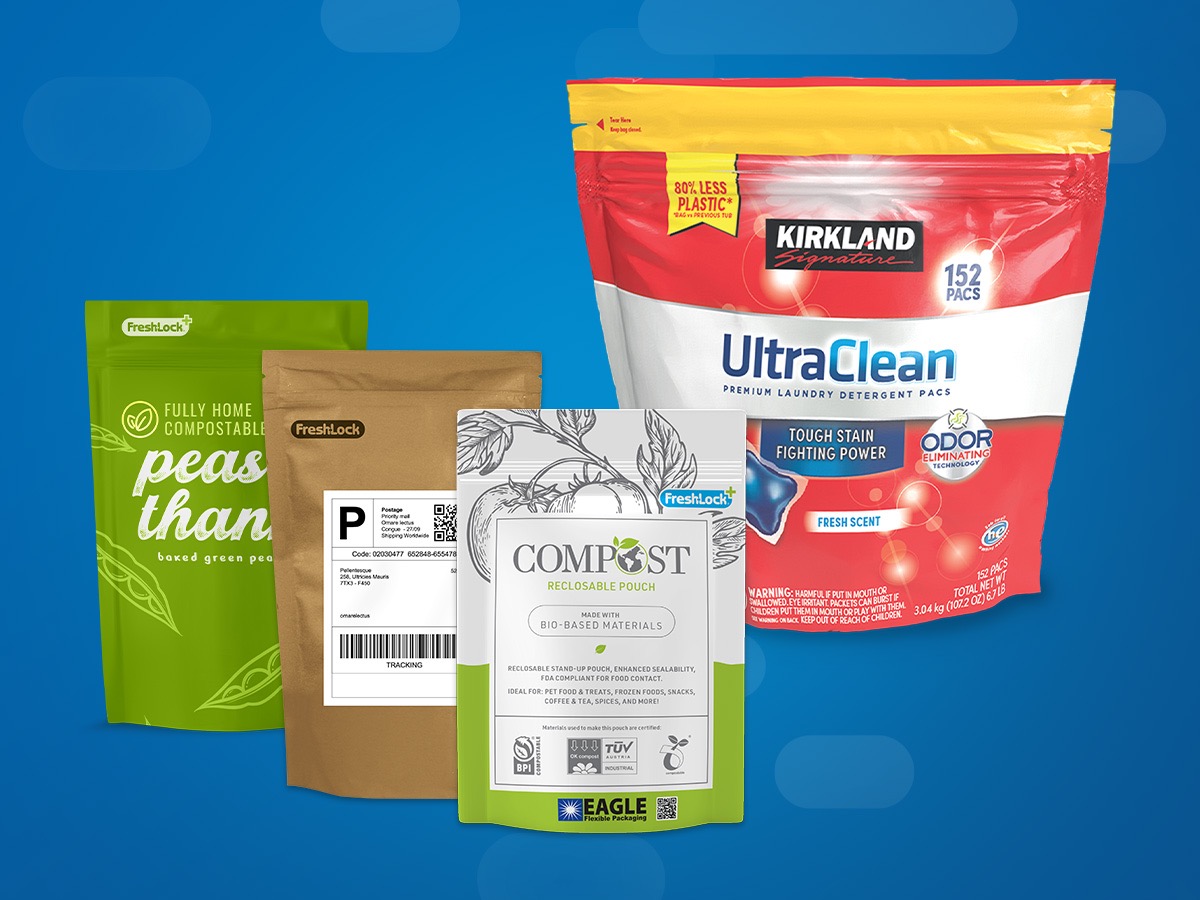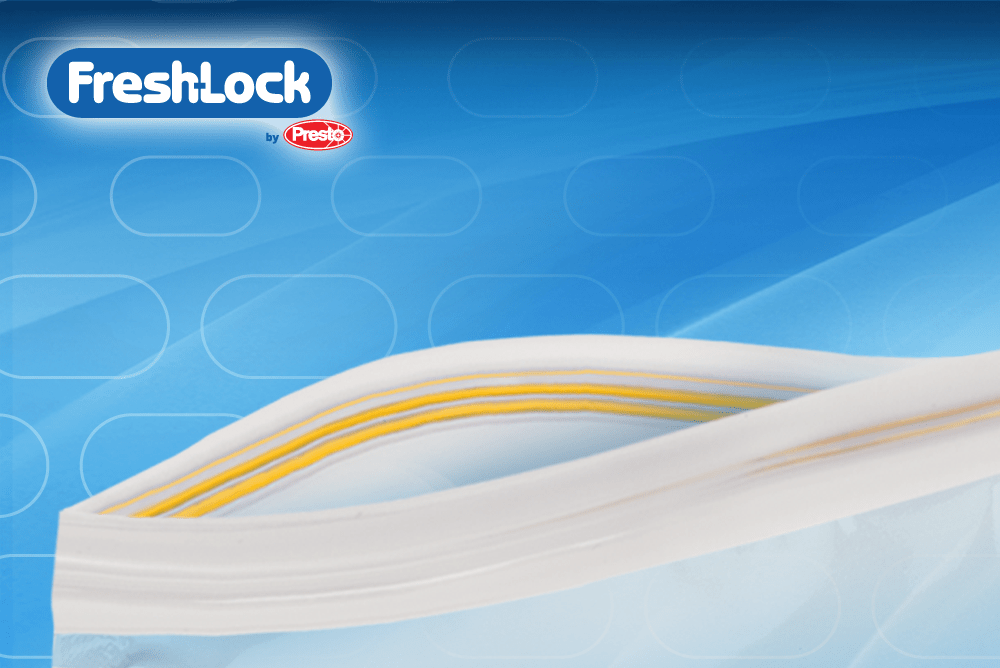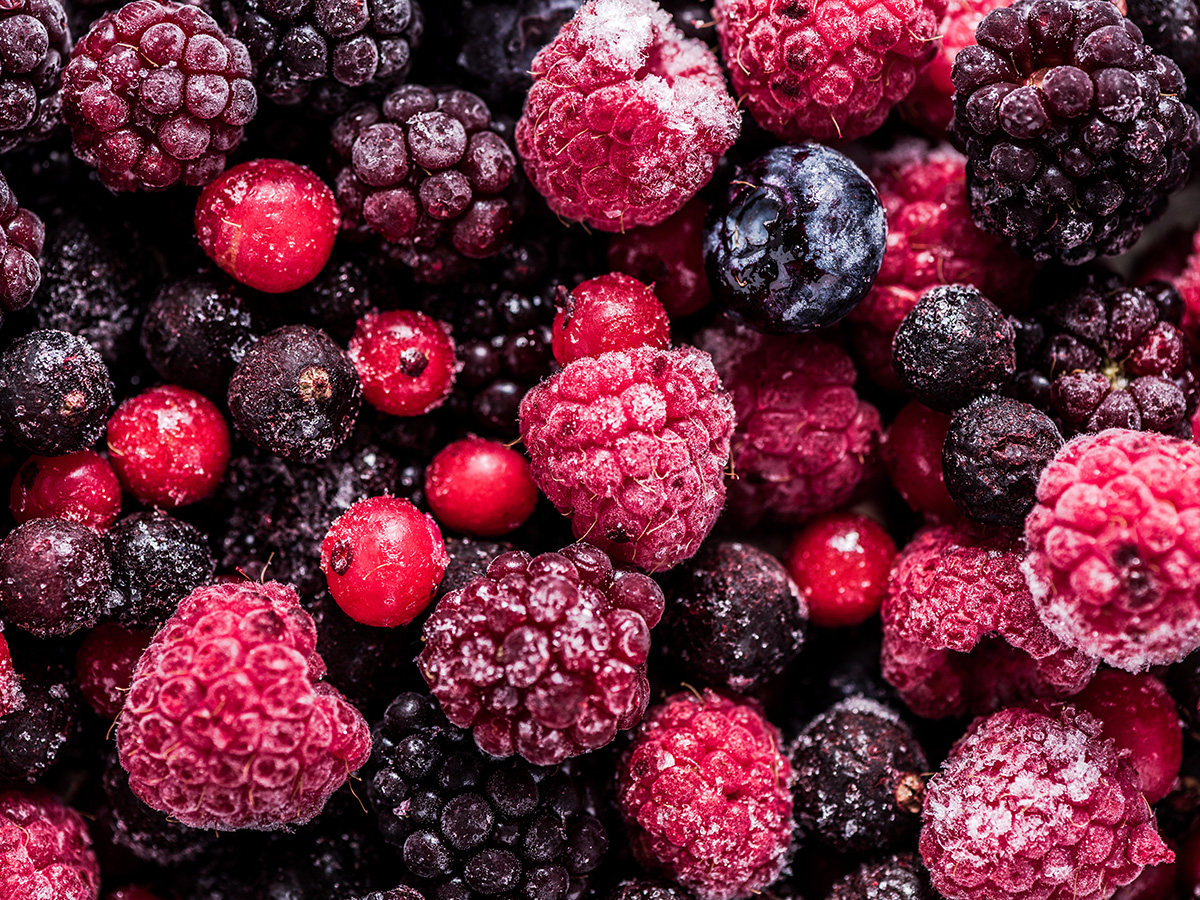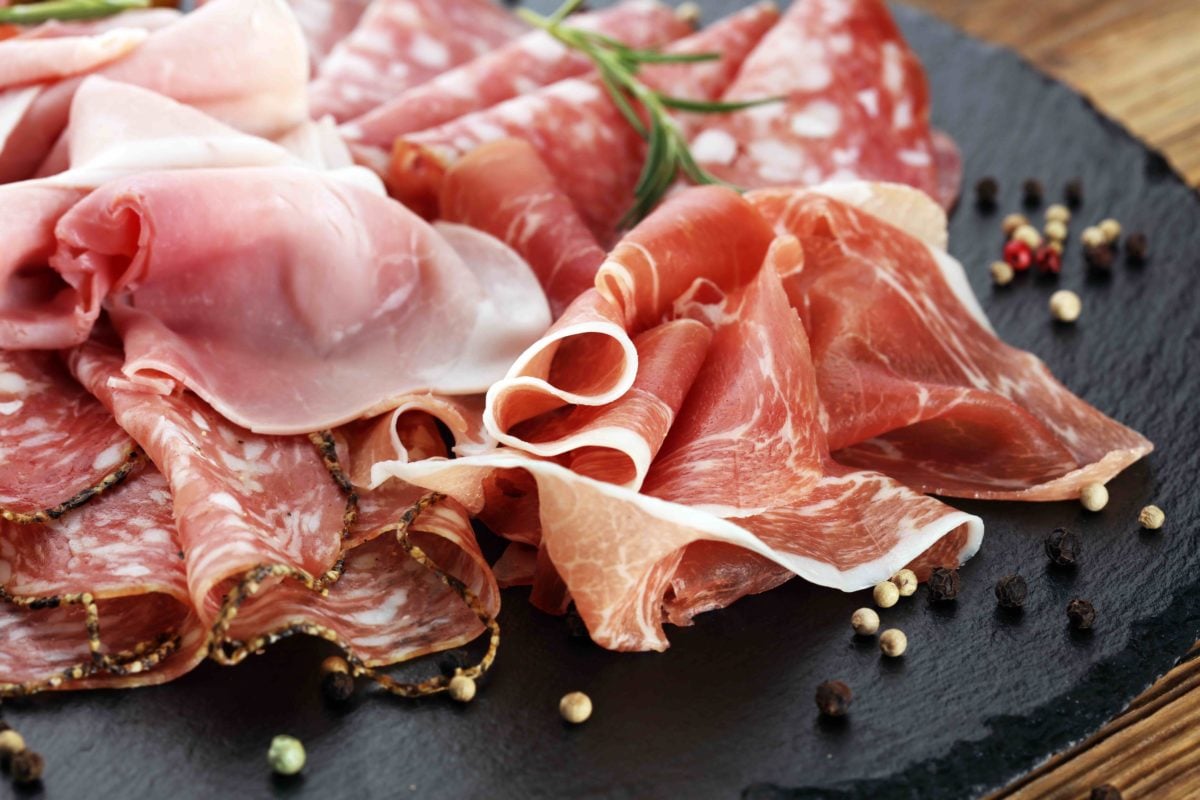
3 Ways to Get Started with Flexible Reclosable Packaging
Within the next five years 31 percent of brands intend to increase their flexible packaging use. Between consumers’ motivations for selecting products in flexible packaging and manufacturers’ newfound operational efficiencies, it’s no surprise growth for this packaging format continues to skyrocket.
Today, it’s easier than ever to package products in reclosable flexible packaging. If your brand is ready to think outside the box and unpack the benefits flexible packaging has to offer, follow the advice and insights from the Fresh-Lock team to help you decide what packaging process will work best for your brand.
Understand Objectives
What do you want to accomplish as a brand?
The first step to any package launch or redesign is to carefully consider your brand position. What is the primary benefit and what are you trying to convey?
“If your goal as a brand is to be more than just a value brand and project a quality product, let the consumer know that your brand cares about their experience all the way throughout the product’s life cycle with moments that make an impact on their day to day life,” explains Fresh-Lock’s Commercial Director Rick Custer.
“Think about brown sugar packages, for example,” shares Custer. “The ones that lay flat on the shelf can get lost in the sea of other packages and can go stale much quicker. It’s hard to read the package’s graphics when the products are stacked, and they also often get lost in consumers’ pantries.” While these options are less expensive, they can cause consumer frustrations.
“In same aisle, you’ll also find sugar packages that are in a standup pouch format with reclosability, making it easier to notice the package on shelf, find in a pantry, and keep the product fresh for a longer period of time,” he adds.
Whether the packaging goal is to increase product visibility with premium packaging, offer time-saving convenience, or a grab-and-go option, your total package will make a difference in packaging satisfaction.
Packaging World’s recent Flexible Packaging Playbook echoes these comments. “For a new brand or brand extension, remember that getting noticed is often the most important goal.” Whether you’re selling a commodity package or a premium brand, ensure your packaging matches your goals, objectives, and product positioning.
Start Fresh by Looking to the Next Aisle
What are your packaging and closure options?
“Take a look outside your market for creative inspiration by exploring the packaging in the next aisle,” comments Custer.
Often, what’s done in other markets can be a vision for yours as well. Assess what’s successful and what’s not, and consider what “could be” for your brand when perusing the next aisle over. The beverage market is one segment that is truly pushing flexible packaging’s boundaries by finding ways to design flexible pouches shaped as bottles and more.
During this exploration phase, it’s important to understand all your packaging options, carefully consider your closure choice, and not get stuck in the rut of only assessing direct competitors.
“A common mistake brands make when selecting a closure is taking their current package and trying to ‘simply’ add a closure,” shares Custer. To create a quality package that is representative of your goals and brand, take a step back from the old package and start fresh. Trying to fix an old package ends up creating a “quick fix” that may no longer fit your overall brand objectives.
Additionally, it’s important not to let others make the closure selection choice for your brand based on their assets or experience. Closures are not all designed to perform the same. “It’s important to avoid the trap of deferring the closure choice,” adds Fresh-Lock’s Senior Manager of Market Development Todd Meussling. “Closures should be selected based on the best ‘fit for use’ of the package and provide an optimal consumer experience.”
Know the Numbers. Pick Your Path.
What are your quantities? How should you package your product?

Having a good grasp on your required output will help you choose the best path for incorporating reclosability into your packaging operation.
There are a few different options to get started in reclosable flexible packaging. Whether you choose to package in-house, outsource manufacturing to a co-packer, or use a hybrid option like a pre-made pouch, there’s a solution for you.
1. Bring the packaging process in-house.
When you invest in automatic form, fill, seal equipment with zipper or slider insertion, you will gain total control over your manufacturing process.
This route is great for brands with long-term, high-volume output, strong product lines, and brands that want to directly oversee and control the production process.![]()
Once the equipment is paid off, the ROI can be significant. This option can also result in lower transportation costs and increased output. Packaging Word’s Flexible Packaging Playbook shares that form, fill, seal machines, whether horizontal or vertical, are capable of considerably higher volumes and speeds compared to pre-made pouches.
When you select this option, you can choose the exact closure you desire. Our technicians partner with leading packaging machinery companies so your new equipment can add reclosable packaging technology while hitting the speeds you need.
2. Find a co-manufacturer or co-packer.
Co-manufacturers are considered specialized experts when it comes to packaging products because they’re focused on packaging alone. With an abundance of different machinery options available, this route allows for more opportunities.
Custer adds that brands typically use a co-packer when they’re:
- New to business and want to scale up quickly
- In need of short-term requirements that require specific experience
- In need of machinery that is not currently available in-house
If you’re considering having a converter with reclosable technology package your product, Fresh-Lock can help you find the proper converter. Or, if you already have a co-packer in mind, our team can help ensure the closure you want works properly in their manufacturing process.
3. Use pre-made bags.
Working directly with a packaging and closure supplier to produce pre-made reclosable pouches is another solution for brands.
“This route is especially beneficial for low volume products, test market products, or brands that have a small selling window, such as seasonal products,” Custer says. You’ll often find lawn and garden products in pre-made bags for this very reason.
The pre-made pouch route is also a great solution for many brands that require flexibility and are looking for unique-shaped pouches with small format sliders.
Though this option results in low capital expenditure and a higher cost per package, it’s often essential for brands that need to package in advance of seasonal sales or those that want to want to test the standup pouch format.
Start Reclosing!
With over 60 percent of consumers expressing that resealability is one of the most important packaging attributes (FPA), the consumer satisfaction and loyalty to your new product will greatly outweigh any upfront work. Getting started with reclosable flexible packaging is as unique as your business and product – but Fresh-Lock can help you. We will work with our partners to help you find the resources your brand requires. If you’re looking to take your resealable packaging to the next level, let’s talk. Contact us at 800-265-0750 or online today.

 Back to Blog
Back to Blog



